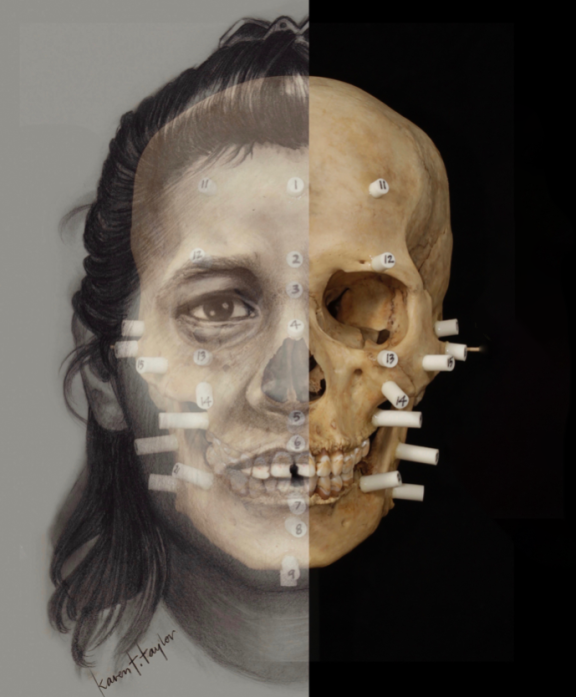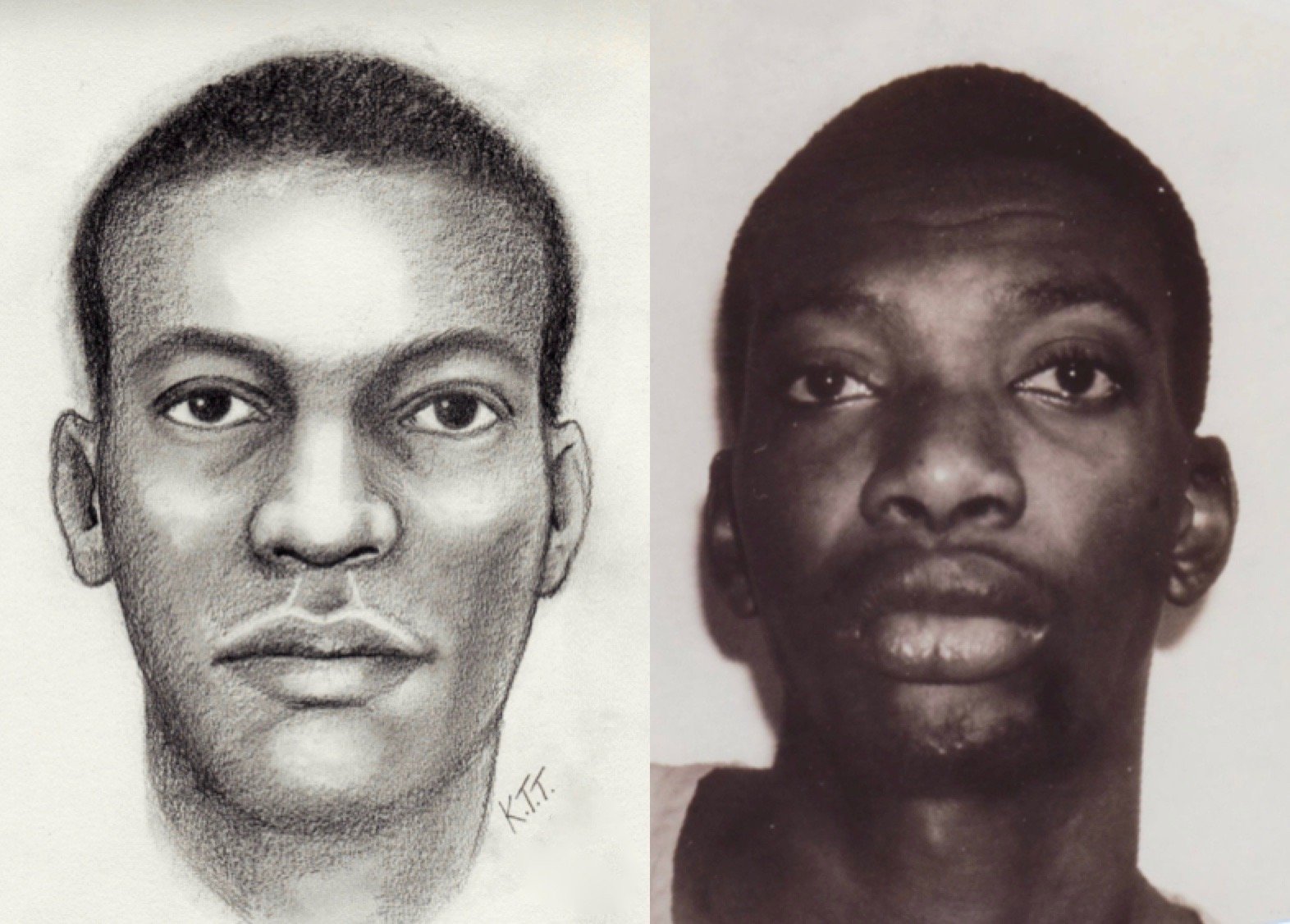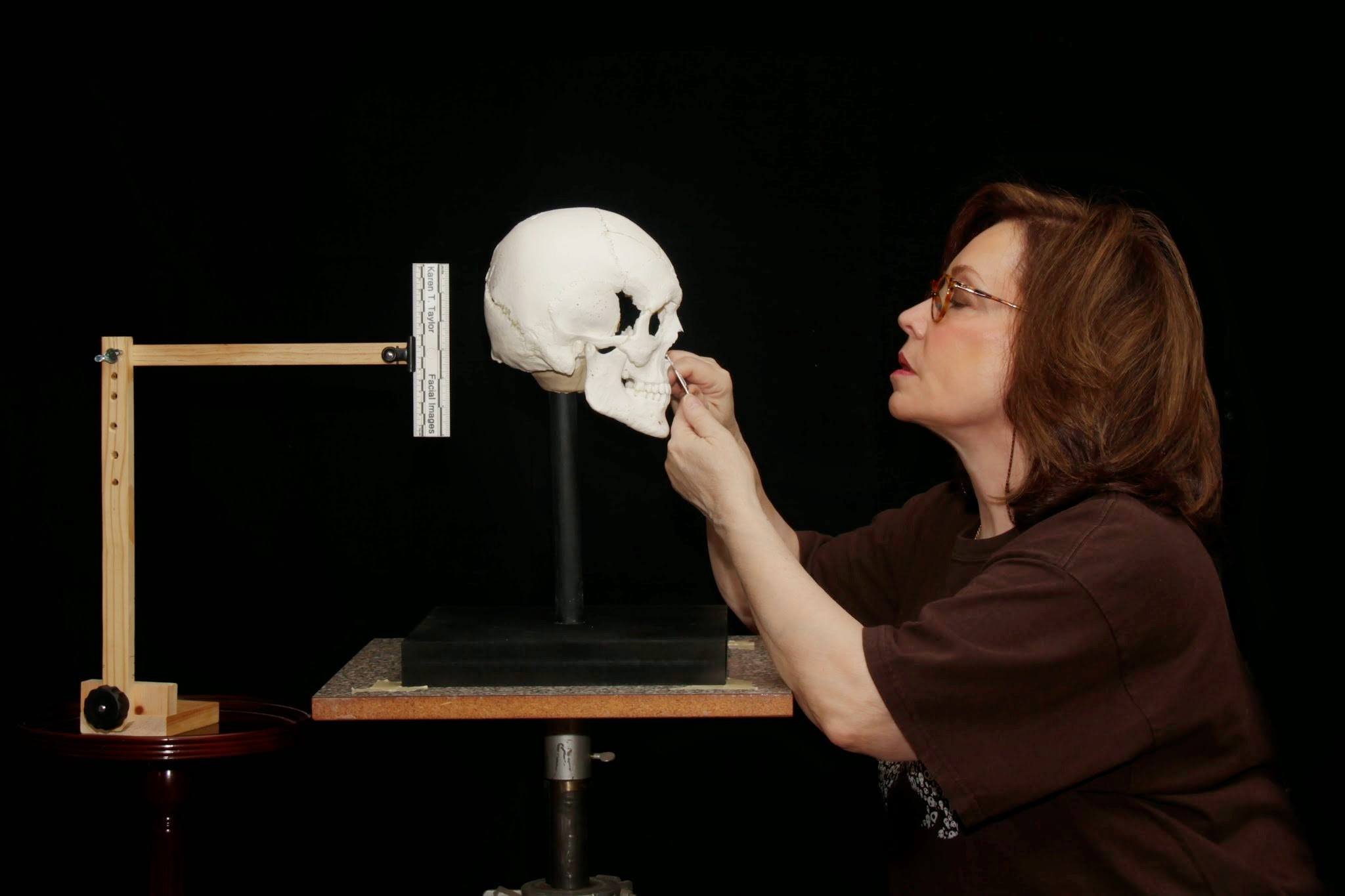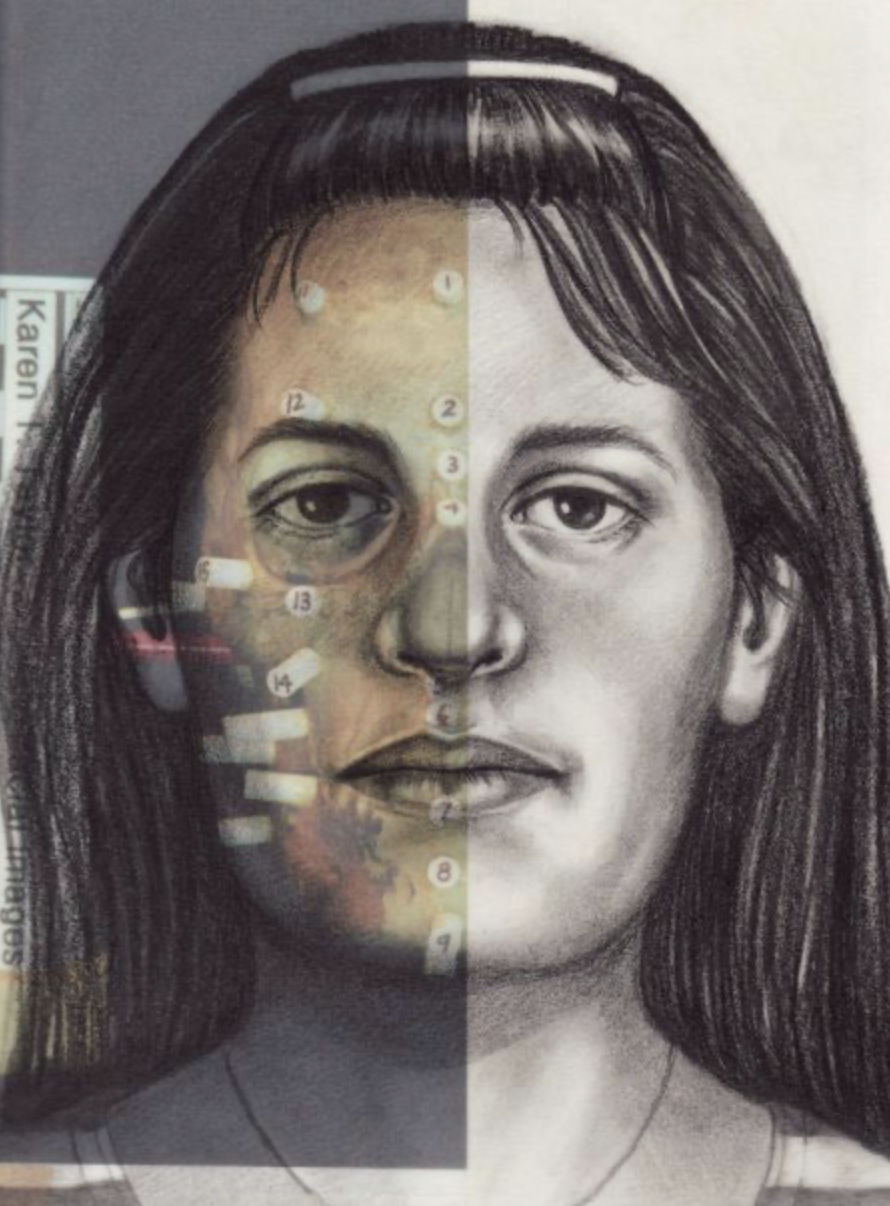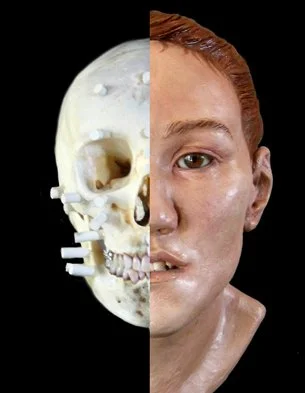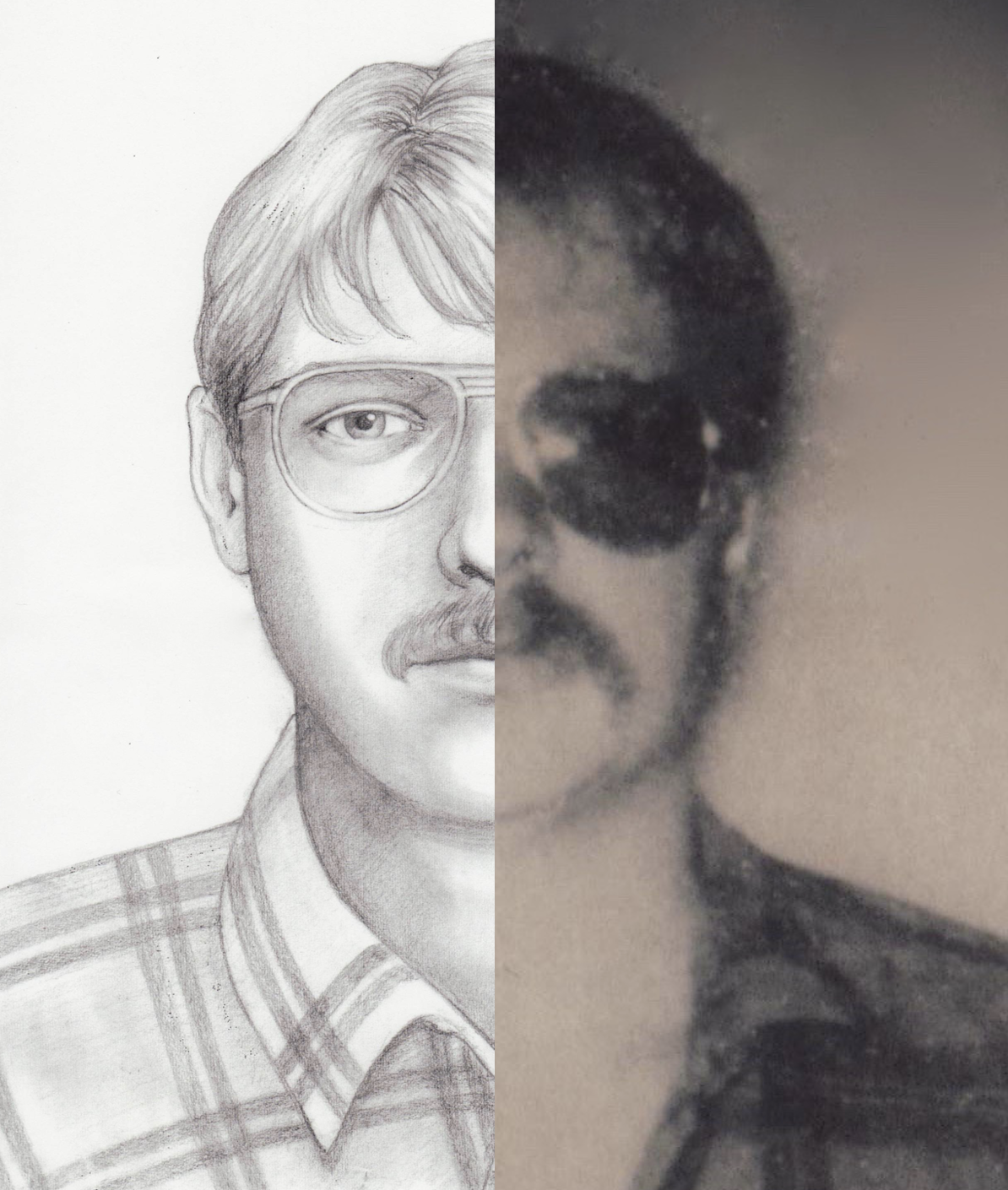Forensic Art
Forensic art holds great potential power. One image can literally be responsible for the recovery of a precious stolen child, stopping a serial rapist or murderer, or providing justice for the family who has lost a loved one to homicide. Karen's expertise as a facial identification specialist derives from nearly thirty years in the trenches working on criminal cases in Texas and around the world. Credited with coining the term "forensic art" in the early 1980s, her cases have involved a wide variety of demands. Her innovative techniques have resulted in repeated successful identifications of both violent offenders and their victims, making her an internationally sought-after practitioner. Karen continues to generate creative solutions for today's forensic art challenges in law enforcement, as well as for other specialized projects related to the human face in a variety of disciplines.
Forensic art may be defined as portrait art minus a tangible subject.
- Dr. Robert M. George, Anatomistidentifying the living
Karen has in-depth expertise in various methods for locating and identifying living individuals through forensic art. Producing accurate and useful Composite Images is a deceptively complex and experience-based function. Karen has conducted thousands of victim/witness interviews, gaining valuable insight into memory function. Understanding the subtle dynamics of memory retrieval is critical to success. Her grasp of cranio-facial anatomy comes into play in multiple aspects of forensic facial identification. Knowledge of the processes of facial growth is required to project the possible appearance of children missing over a period of years in the form of Child Age Progressions. As growth ceases, facial aging begins through a somewhat predictable series of changes. Adult Age Progressions can offer updates of the faces of fugitives or long-term missing adults. Karen also does Assessment, Comparison and Alteration of Facial Images for use in a variety of fields and case scenarios.
identifying the dead
Various forensic art procedures aid with the rather unpleasant but necessary and important task of identifying human physical remains. Postmortem Images are produced to help identify deceased persons using crime scene or morgue photos. In cases of semi-skeletal or skeletal remains, either drawings or sculptures can be used to approximate and recreate the appearance of a person in life based on the skull. In the mid-1980s Karen pioneered the method of 2-D Facial Reconstruction. She has taught the technique to hundreds of others who have applied it successfully to their own cases. Karen does 3-D Facial Reconstruction in the tradition of her mentor, Betty Pat. Gatliff. In her textbook, Forensic Art and Illustration, Karen devotes individual chapters to each of these three methods for identifying the dead. She taught these techniques for over twenty years at the FBI academy. She currently shares her expertise in workshops she teaches at the prestigious Forensic Anthropology Center at Texas State University (FACTS).
forensic art commissions
For forensic art commissions, each case must be specifically discussed with Karen to receive a price quote. Case/photo reviews and price quotes are provided at no charge. To commission possible forensic artwork, contact Karen's studio, Facial Images.
COST
Forensic Art prices start at $2,000
Composite Images:
Done in conjunction with witness interviews.
If travel is involved, expenses incurred would be in addition to the forensic art fee.
Child Age Progressions:
Done only on active criminal investigations.
Adult Age Progressions:
Done in fugitive or missing person cases.
Postmortem Images:
Done in unidentified deceased cases.
2-D or 3-D Facial Reconstructions:
Done in forensic or historical cases.
The skull must be assessed to determine the condition and suitability for the techniques.
Bones make good witnesses. Although they speak softly, they never lie and they never forget.
- Dr. Clyde Snow, Anthropologist

